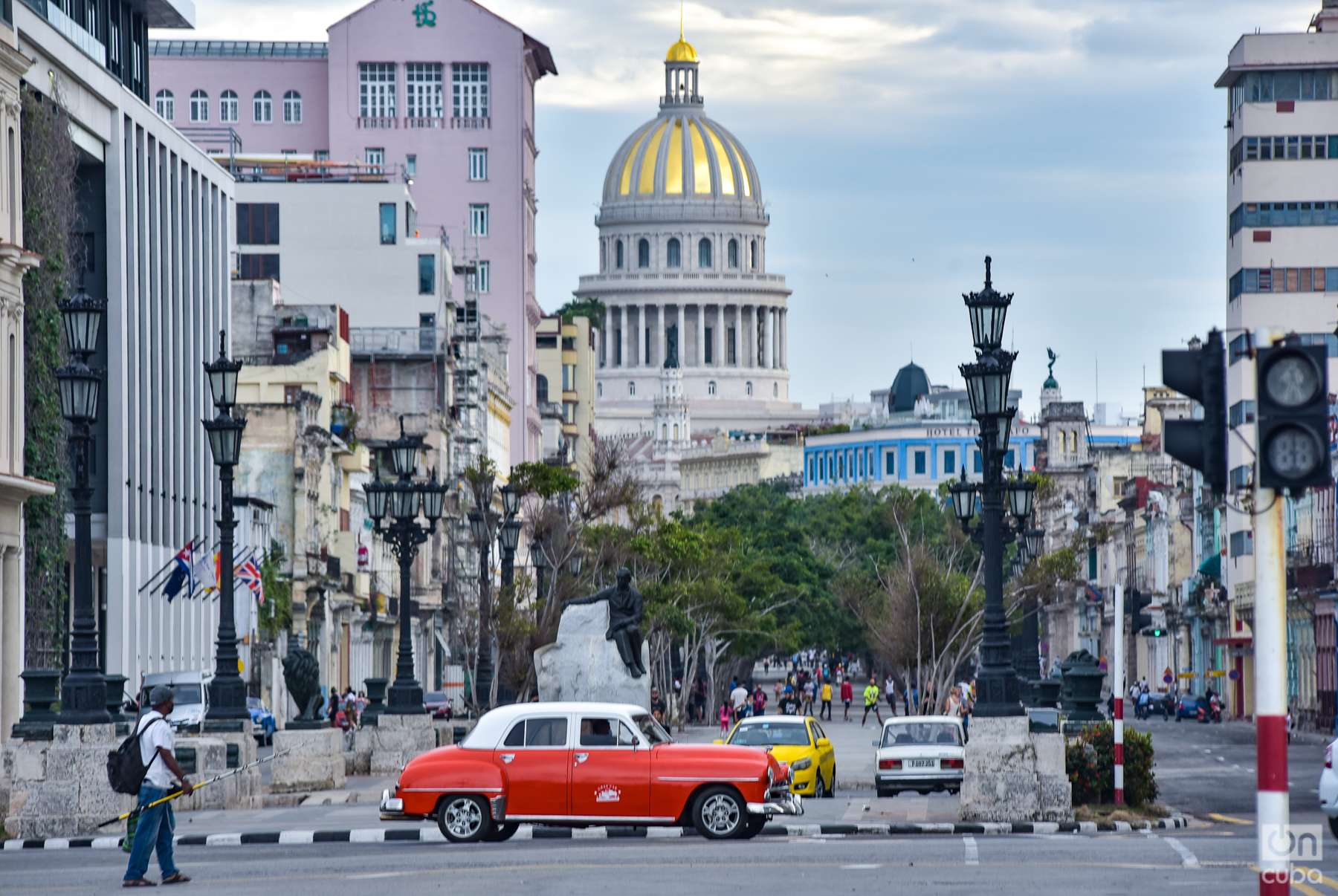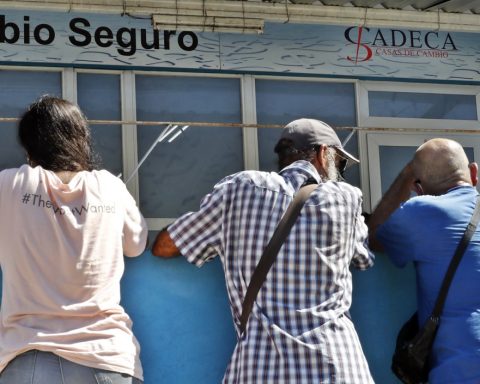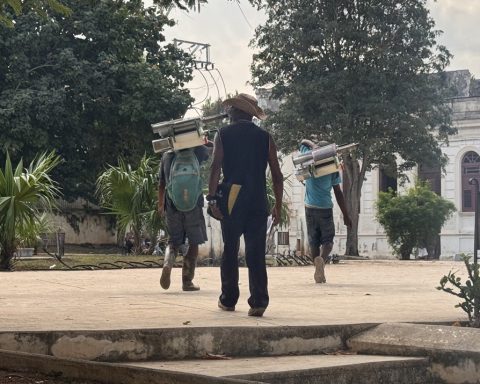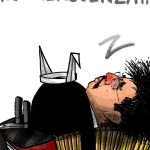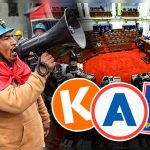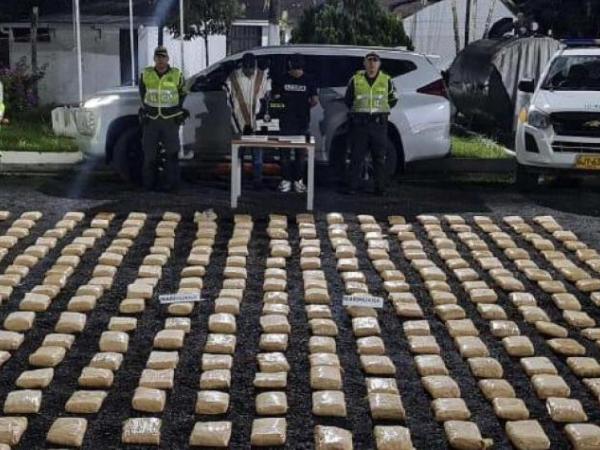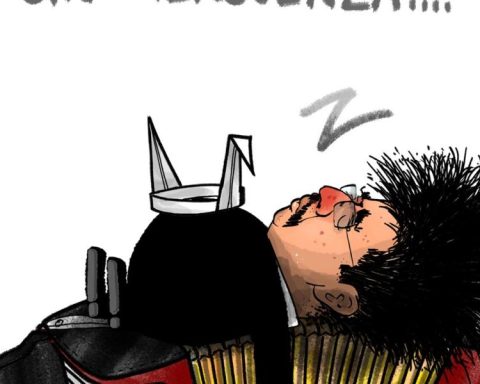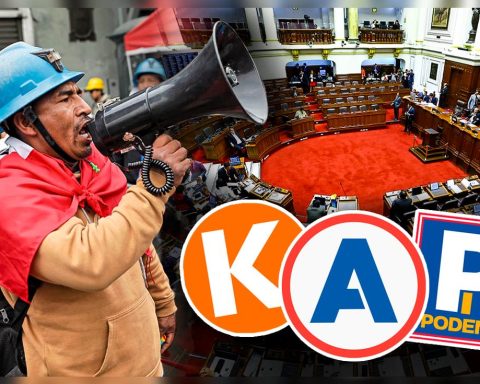On Sunday, December 4, 2022, the television program “Cuadrando la Caja” of Cuban Television was dedicated to economic crime. Honestly, sometimes I think that much of what is expressed in this program is a compendium of what precisely should not be done in economics. Far from providing elements to restore hope regarding the performance of the country’s economy, what was felt at the end of the program was disappointment: even greater problems than the current ones can be expected in the near future.
At one point during the interventions, it was explained, for example, how verifications and inspections are carried out at private points of sale, to find out if established regulations are violated.
It is very good that the first thing is to verify the origin of the merchandise, see if they have purchase invoices and verify that they are not stolen or diverted products. Nothing to object. But then it was explained what is considered an abusive price; what is the maximum margin that a business can apply and the fines to receive if they violate the provisions.
What is an abusive price?
Already many wonder who or who had decided what is an abusive price, if the Ministry of Finance or Prices, had ruled something in this regard, or if there was any law, or decree-law, for the conformation of the prices to be set by private businesses.
Following the latest trends of delegating certain decisions to the base, be it the province or the municipalities, apparently the issue of setting prices has been one of them, which is the first mistake.
Intervening in the prices to be set by private businesses is a highly controversial field, due to all that has been demonstrated in terms of the signals it provides and the discouraging effect on economic agents.
If, furthermore, this sensitive issue is given importance at a non-central level, allowing each province or municipality to have its own opinions on what is appropriate, one can imagine the variety of interpretations, or regulations to follow, when many Municipalities or provinces may be more interested in appearing as guardians of the purchasing power of their inhabitants, than as stimulators of the business success of the companies in their localities, or of the economy in general. These are highly controversial areas.
One of the panelists asked the guest if the regulations by which the price inspectors were being guided had been widely publicized, which is probably unknown to many private businesses.
The dollar, at 25, at 120 or at 170?
Later it was clarified that a dollar paid for a product imported or purchased in MLC, would have to be multiplied by 25, to calculate its cost in national currency.
Here, any inspected TCP or MSME could drop their jaws from the surprise they would receive. Where could someone buy currency for 25 pesos to continue with their business? Is there an official market to convert the national currency to MLC, for the amounts demanded by private businesses? Does the State sell foreign currency to private businesses, or does it transfer abroad its own foreign currency already in the hands of private businesses?
Even if it were allowed to calculate the cost by multiplying the currency by the official exchange rate for individuals, of USD/CUP 1:120, don’t the regulators know that at that exchange rate it is impossible to buy foreign currency to keep a private business running, when the unofficial exchange rate exceeds 170 pesos per USD?
Later came the icing on the cake: the cost that is calculated – undervalued – can be multiplied by up to a maximum of 1.50, to calculate the maximum sale price. Above that, the price would already be considered abusive. This is equivalent to a 33.3% margin on sales, without considering other costs, such as salaries, transportation, rental of premises, electricity/water and other inputs, amortization of assets, interest on potential financing received, etc.
There was no mention of the 10% retail sales tax, which must be added by sellers to pay off the State, regardless of whether it has already gone into effect or would come later. Do not forget that consumers themselves would become “guardians” of the approved prices, and complaints would increase at all levels, if they are unaware of the tax treatment in billing.
There was also no mention of whether the 140% or more margin over cost, which has been the most frequent margin in the almost 30 years of existence of the state currency collecting stores, can be considered an abusive margin for the population, judging by the regulations currently applied by inspectors of private businesses. Why some rules for the private and another for the state?
Much could be argued about whether a 50% margin over cost, or 33.3% over sales, is adequate or not. But the fundamental issue is the moment in which this regulation is intended to be applied.

The dilemma: prices or lack of supply
For the reasons that are known, both of the US blockade, as well as the result of the COVID pandemic, the current war in Ukraine and its influence on the increase in the price of dissimilar products worldwide, as well as the own inefficiencies of the country, the reality is that there is still a very general shortage in state stores, both in CUP and in MLC.
It is true that private businesses have high prices, for whatever reasons, but they represent one more option to satisfy certain needs, even if they are not for all budgets and all market segments. That there are income inequalities, yes there are.
Will the municipalities or provinces have foreseen the possibility of the products disappearing in this private retail network, due to the price limits that are established? Is it more advisable not to have products than to have them at high prices? Is it preferable that the products are bought at a much higher price, through digital platforms from abroad, paid by relatives for their subsequent delivery in Cuba, than paid for in the country itself?
Everyone knows that one of the reasons for high prices may be the absence of competition, or the low supply of products. There is little supply in state stores for various reasons, but one of them is the low availability of state currency for purchases destined for stores (even in MLC).

Where are the currencies from?
Private businesses have assumed the challenge of seeking their own currencies to buy products from abroad and market them in the domestic market in national currency; They have even gotten into debt with family, friends and even with external entities.
Currencies that are difficult to replace abroad, as we all know, in order to continue the cycle. If the State cannot satisfy the demand in its own retail stores, and private businesses refrain from importing products and assuming the risks of those purchases, due to the impossibility of selling at more stimulating prices, have the municipalities/provinces foreseen the effect that would bring? Even for the demand in the state stores themselves…?
Less number of bidders would result in less competition, or less supply of products. Cuban regulators want private businesses to function in the same way as state ones have been doing; that is, that a lower supply of products does not influence prices in the market, or that prices go in another direction.
By repeating the same recipes, do you want private businesses to end up in the same situation that state-owned companies find themselves in today?
Faced with fines and price limitations, one might expect private business closures. Is that the signal that you prefer to give the market?
Fewer contract staff could be expected; Do state companies currently have the capacity to increase their efficient jobs; so that unemployment in the country does not increase?
The same municipalities would have less income from land taxes; don’t they need them? The country would collect less tax on profits, which is 35% on gross profit. Is the country willing to delegate these issues to municipalities/provinces and jeopardize these revenues?
It is striking how not only stalls that could have sensitive foods for the population have been inspected. Leisure centers have also been inspected, with their prices for beer, energy drinks and other products that are not essential; where the lower income population does not normally go; where they generally go for distraction and consumers pay higher prices. Not because they are forced, but because they want to enjoy a certain environment or place. Is it also intended to regulate these prices, or is it the preamble and justification for closing certain centers that are not desired to exist?
They can tell me that the State is not there to endorse the existence of an unofficial currency market, at a higher exchange rate than the official ones. This statement may be true, but the solution is not to bury your head in the sand, and thereby pretend that this informal market does not exist. The solution is to find answers to the market’s demand for foreign currency.
If no solution is found, for whatever reasons, what is not convenient is to forget reality, through measures that will not solve the problems, but will worsen them. But please, authorities, many economic policy errors have been made, which have led to this road still being paved. Think calmly. Concentrate on the sphere of production, remove the obstacles, and put aside the financial effects, go to the causes, which reside in the scarce existing supply.
